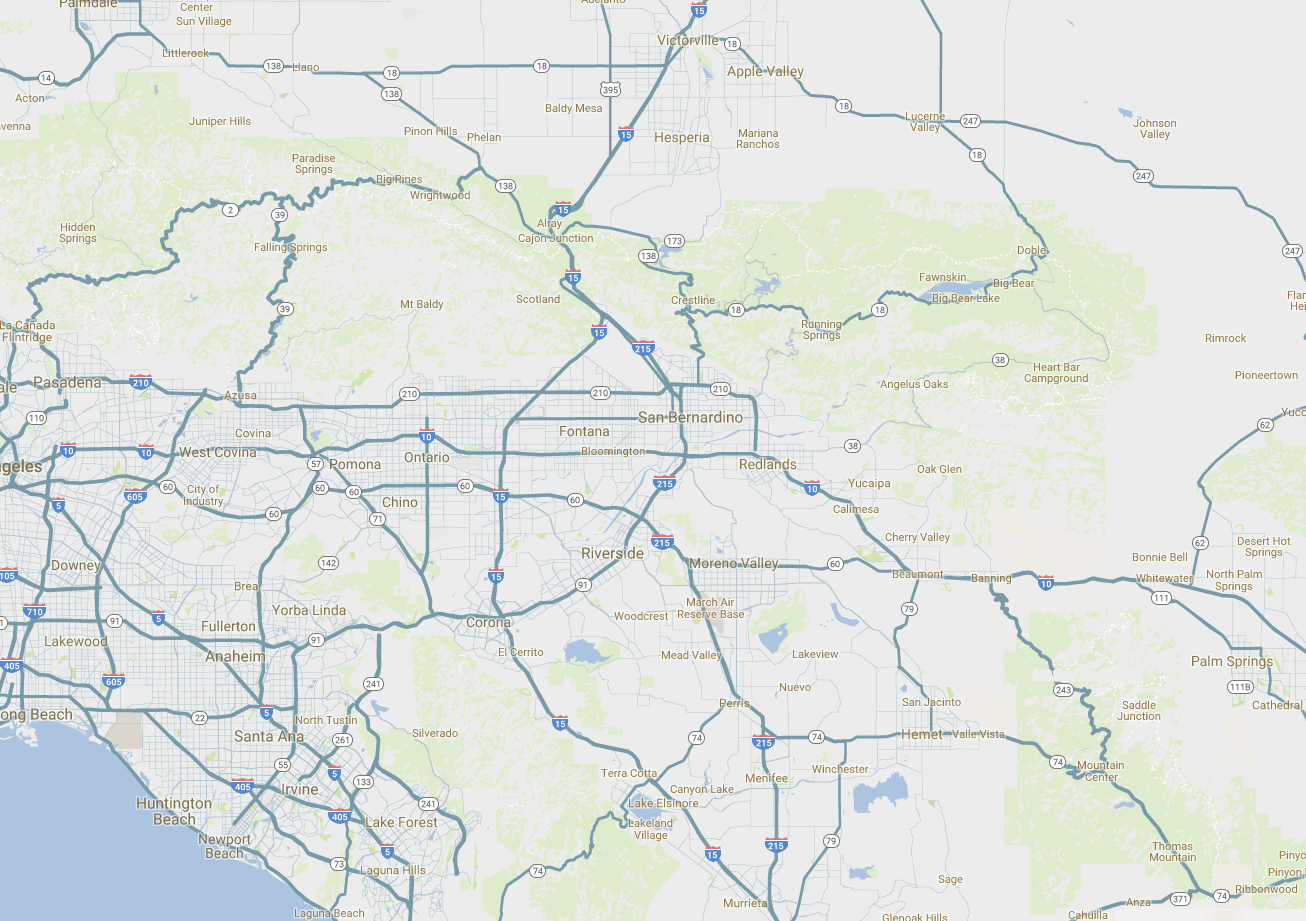An air conditioner compressor is a crucial component of a cooling system. A deeper look into the function of this key cooling component quickly clears up a common HVAC misconception. Most homeowners think that an air conditioner works by adding cool air to the home. Actually, an air conditioning unit's continuous internal cycle actually removes heat from the home. Without the compressor, none of this would be possible.
Types
Although there are five main types of air conditioner compressors, they all work in the same way. The only difference is in how they compress refrigerants.
Typically used in residential applications:
Reciprocating: Most commonly used in residential and light commercial applications, reciprocating compressors are versatile and affordable.
Rotary: Found in most window units, the rotary compressor is perfect for small spaces. What it lacks in efficiency it more than makes up for in reliability and quiet operation.
Scroll: The scroll compressor has been around since the 80s but has recently seen a surge in popularity, almost surpassing that off the reciprocating compressor. Its increasing popularity is due to its reliability since it has less moving parts.
Typically used in commercial applications:
Screw: Screw compressors prove to be efficient when used in industrial applications such as factories.
Centrifugal: With few moving parts, a centrifugal compressor is another great option for cooling large capacities of air.
Function
An air conditioner compressor's primary function is to transform the circulating refrigerant from a gas to a liquid and back again continuously. At the onset of the cycle, the compressor draws in cool refrigerant (in gas form) from inside the home. In laymen's terms, the compressor "squeezes" the refrigerant until its temperature and pressure is raised. The refrigerant then leaves the compressor as a hot gas. The compressor pushes the refrigerant to the condenser coil. There, fans blow cool outside air over the coil while extracting heat from the refrigerant.
The heat is then transferred outside. Once the right amount of heat has been extracted, the refrigerant turns into a higher temperature liquid and heads to an expansion valve. The valve turns it back into a cool liquid. The refrigerant makes its way to the indoor evaporator coil and evaporates into a gas. The warm air that is inside the home gets blown over the evaporator coil. Heat transfers to the evaporating refrigerant making the room feel cooler. The refrigerant transforms back to its original low-pressure gas state and begins the cycle again.
Troubleshooting
When a compressor can no longer function normally, the entire unit cannot operate efficiently. While preventative maintenance can reduce the chance for system malfunction, there are a few telltale signs that indicate a problem. If homeowners notice that their unit is not cooling as much or at all, blowing out warm air, or making hissing noises, there may be an issue.
We recommend calling an experienced HVAC technician for any compressor repairs. As a general rule of thumb, if replacing the compressor costs more than half the price of a new unit, replacement is the best option.












